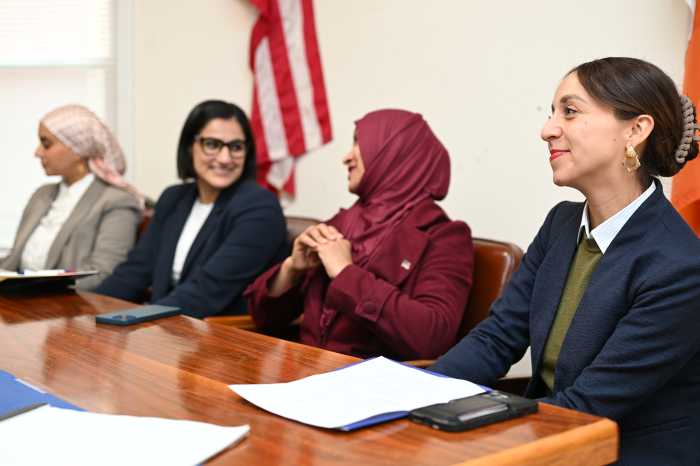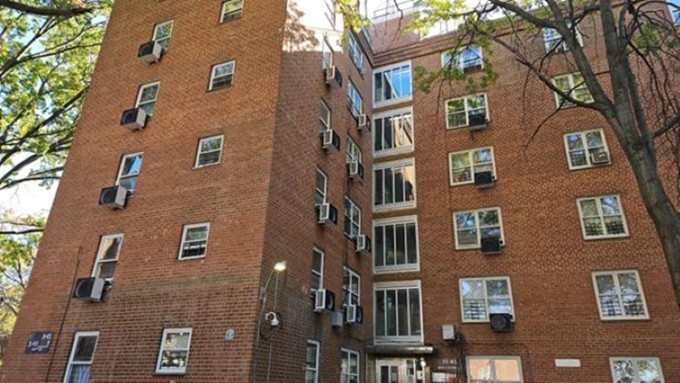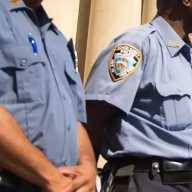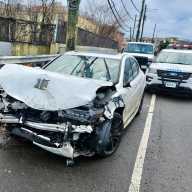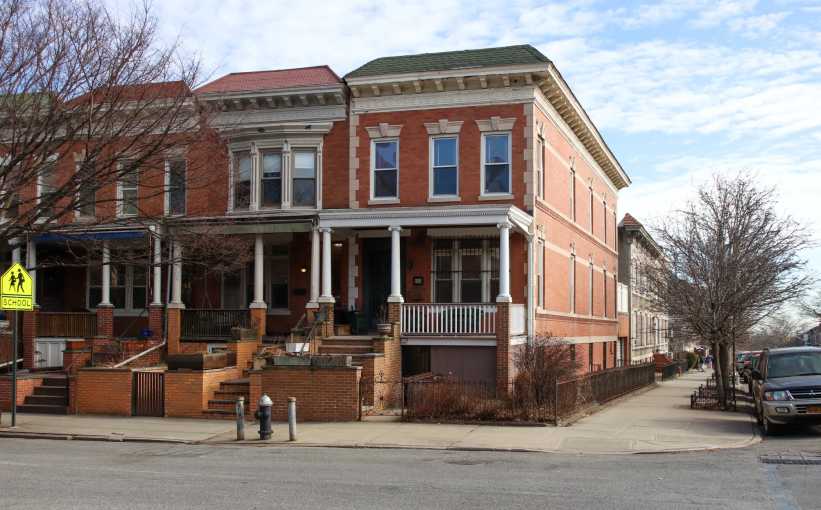By Helen Klein By Helen Klein
Legislation that would impose penalties upon engineers or architects who wrongly self-certify building plans is under consideration at the City Council. The bill, Intro 309-A, which is co-sponsored by Brooklyn City Councilmember Michael Nelson, provides sanctions for, “professional engineers and registered architects who knowingly or negligently certify a false or noncompliant building permit application or plans.” These sanctions include suspension or revocation for a year or more of self-certification privileges. In addition, the legislation mandates the Department of Buildings (DOB) to, “Create and maintain a database of all professional engineers and registered architects whose privileges to professionally certify applications or plans or other documents have been revoked, suspended or otherwise conditioned.” Such checks on self-certification have long been sought by community activists. As development has speeded up around New York City, with streetscapes rapidly changing as one and two family homes are razed to make way for multi-family condominiums, one of the constant outcries has been against architects or engineers who self-certify plans that turn out to be not in compliance with either the building code or zoning regulations. On the other hand, self-certification is favored by the development community. Initially introduced during the Giuliani administration as a way of streamlining development, it relies on the professionalism and integrity of architects and engineers rather than on DOB experts acting as watchdogs. This enables projects to get permits far more quickly than would be possible if DOB plan examiners had to go over every one, a situation that has intensified as the number of permit applications has soared. Telling members of Community Board 14 about the bill, which may be voted on as soon as next month, Nelson was optimistic that the bill, if it becomes law, could make a major difference in the battle to make sure that development occurs within the law. Speaking to the group gathered at Edward R. Murrow High School, 1600 Avenue L, for the board’s January meeting, Nelson opined that architects and engineers, “Are not going to risk their licenses and their reputations” by falsely self-certifying projects. “We’re trying to do something, because there’s been such an abuse of building codes,” Nelson stressed. Other Brooklyn councilmembers who co-sponsored the legislation include Lewis Fidler, Vincent Gentile, Letitia James, Kendall Stewart and James Oddo. If Intro 309-A becomes law, it will join two other recent laws that aim to make it harder for developers to thumb their noses at building and zoning regulations. One raises the fine for demolition of one and two-family homes without the proper permit, to between $5,000 and $10,000, with those who are convicted also facing a possible jail term. The other ups the ante for violating stop work orders, imposing a penalty of $2,000 for a first violation, $5,000 for a second, and $10,000 for a third violation, as well as all other subsequent violations. In addition, it doubles the penalty for work without a permit from twice the cost of the permit to four times the cost of the permit, with a minimum penalty of $500, for smaller buildings, with developers of larger buildings having to pay 14 times the cost of the permit for such an infraction, with a minimum fine of $5,000. On January 29th, volunteers in Brooklyn and around the city will spread out to count the number of homeless people living on the fringes of their communities. The count, dubbed the Homeless Outreach Population Estimate (HOPE 2007), is intended to provide an accurate gauge of the number of people living in parks, or doorways, under overpasses or in other public locales in all five boroughs. According to the city’s Department of Homeless Services (DHS) 3,843 homeless people were counted citywide during HOPE 2006. That number, said Deputy Commissioner Maryanne Schretzman, represents a 13 percent decrease from 2005, when 4,395 homeless people were counted during the survey. The count, noted Schretzman, helps DHS assess the need for various services in different parts of the city and, ultimately, “Helps us reduce the street homeless population. To do that,” she stressed, “we have to understand how many people are out there and where they are. “So often, people see homeless individuals and don’t know how to help them,” she added. “This is a chance for them to make a difference, and really help us to collect vital information. It’s more valuable in many ways than giving money on the street.” A winter night is selected, Schretzman added, because, “We assume that the people on the street are those who we most need to reach.” The count was moved ahead approximately a month, she said, to coordinate with homeless counts nationwide. Citywide, every area that has been identified as “high” because of the number of homeless people living there will be canvassed during HOPE; in addition, said Schretzman, volunteers will also canvass a “random sample of all low areas.” Portions of every community board in the city will be included; approximately 250 areas in Brooklyn have been identified for inclusion in HOPE 2007. In each borough, volunteers will go out in teams of four or five beginning about midnight. First, they undergo a brief training session that begins around 10:30 p.m. Their task is to stop every person they meet, even if they don’t look like they are homeless, and ask if they have a place to stay and if they are living on the streets. Every person has a map and each group has one person who is familiar with the plight of the homeless and who has a background in social services, and representatives of the NYPD and the Parks Department are available for safety reasons, said Schretzman. In addition, if volunteers encounter people who want to go into shelters, vans will be available to transport them, she said. “We encourage Brooklynites to come out,” she stressed, noting that residents would be able to volunteer in their own neighborhoods, covering an area of approximately 10 to 15 square blocks. To make sure that volunteers are truly speaking to everyone they encounter, said Schretzman, the agency employs decoys. That, she said, is a key to “quality control. The volunteers must go up to everybody. The decoys assure us that they do that.” The count, which utilizes a stratified random sampling method, has been identified by the federal Department of Housing and Urban Development as, “The highest standard for creating a street count,” said Schretzman, adding, “It is now the nationwide standard.” While this is the fifth year that the city has done a homeless count, it is the third year that volunteers have been part of the effort, said Schretzman. And, she stressed, the thousands of volunteers who come out play a vital role in the success of the endeavor. “We really feel very strongly that no one should have to live on our city streets,” Schretzman concluded. “HOPE is a way to educate the public that ending homelessness is possible, and it works into our five-year plan to really reduce homelessness.” To volunteer for HOPE 2007, log onto www.nyc. gov/dhs or call 311. HOPE will only be rescheduled in the event of “extreme weather.” Registered volunteers can obtain information on that by logging onto the DHS website or by calling 800-994-6494 on the day of the event.


